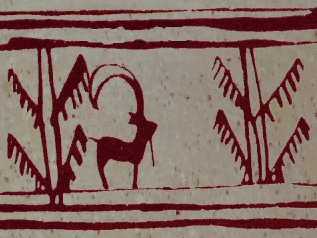The winners have been announced for the inaugural Projection Box Essay Awards 2007-2008 for research into the projected and moving image to 1915.
The judges awarded the first prize of £250 and publication in Early Popular Visual Culture, to Dr. John Plunkett for his essay ‘Selling Stereoscopy 1890-1914: penny arcades, automatic machines and American salesmen.’
“ A thorough and well sustained argument … convincing and very well written … highly original.”
“ A clear and impressive piece of work.”
Second and third prizes of Projection Box books worth £100 went to: Professor Erkki Huhtamo, for ‘Penetrating the Perestrephic: an unwritten chapter in the history of the panorama’
“A fascinating piece of re-constructive archaeology.”
“The range of sources is remarkable …”
and to Christian Hayes for ‘Phantom Carriages: reconstructing Hale’s Tours and the virtual travel experience’.
“… has a good balance between the historical facts and the theorising. A good read.”
The titles of the other entries received and judged were (in no particular order):
- ‘Early Days of Cinematograph Projection’
- ‘Hidden History: exploring the lost world of early cinema’
- ‘From Dioramic Views to a Dissolving Partnership: Banks and Grieves and the “sensation of the age”‘
- ‘The Outside-in Machine: the Kinetoscope, its films and the Kinetoscope experience in London’
- ‘Returning to Fear: new discoveries in E.G. Robertson’s Fantasmagoria’
- ‘Tillie’s Punctured Celluloid’
- ‘Between Narrative and Expressive Value: notes on deep staging in early cinema’
The aims of the Award for 2008-2009 are to encourage new research and new thinking into any historical, artistic or technical aspect of popular optical media up to 1900; and to promote engaging, accessible, and imaginative work. The deadline for entries of between 5,000 and 8,000 words is 24 January 2009. All details including rules and application form can be found at www.pbawards.co.uk.


